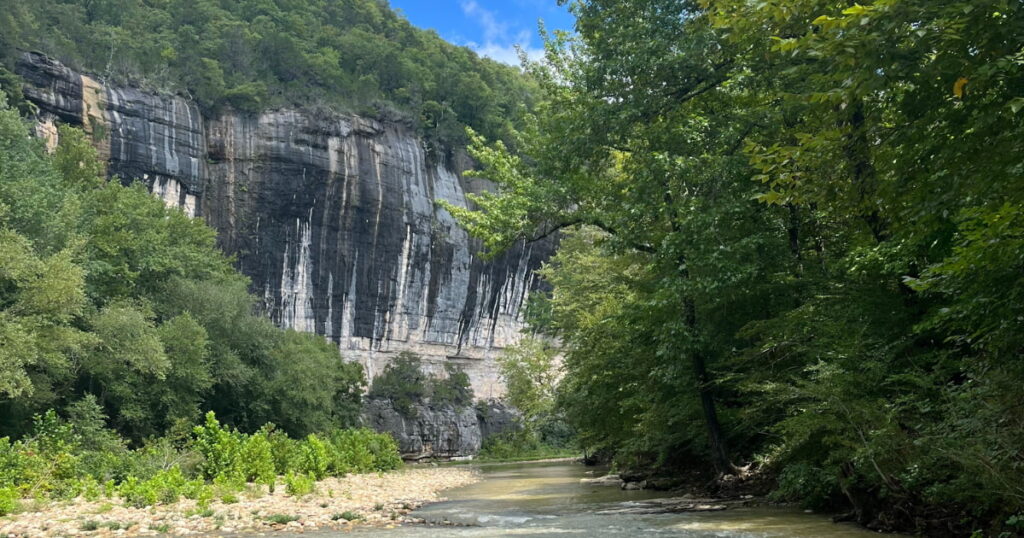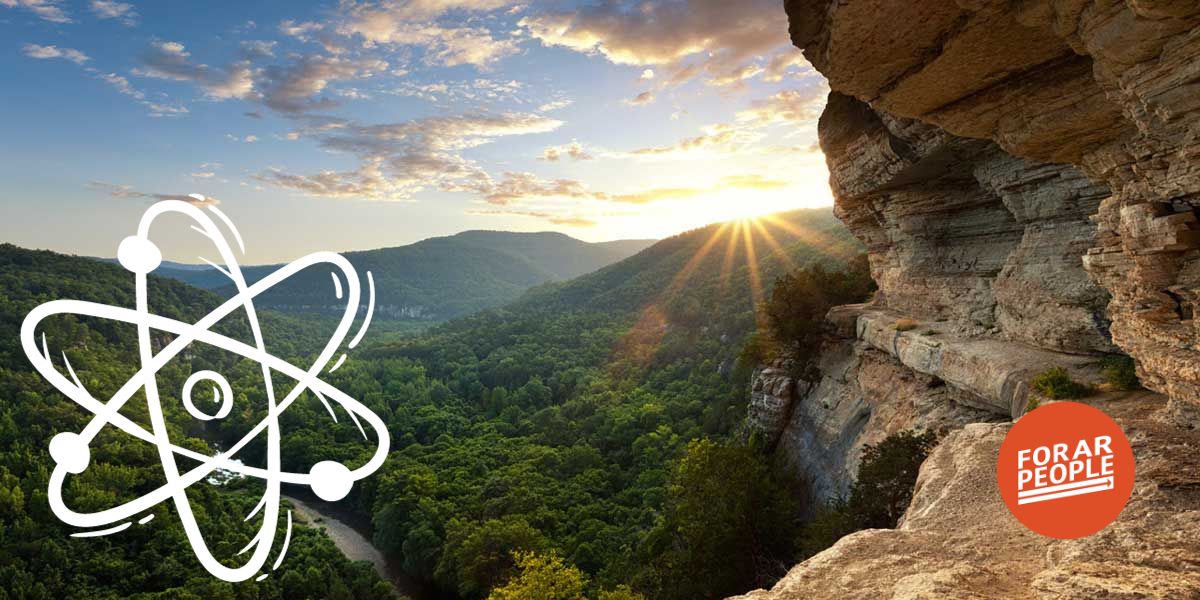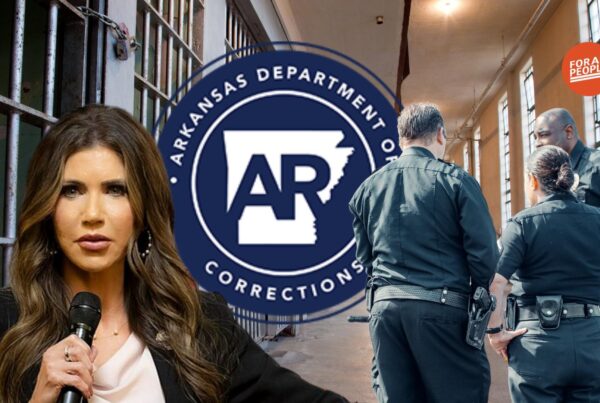For years I have yearned for a scientist’s view when it comes to policies that directly impact Arkansans’ way of life. Now that I have acquired a large amount of knowledge and experience, I decided to speak out using my training in science to influence decisions made about The Natural State.
Arkansas is home to many different ecosystems that range from tallgrass prairies (my personal favorite) to wetlands to forests. This ecological diversity is a huge part of why I love Arkansas; it’s yet another thing that sets our state apart. You can drive from Fayetteville, which is mountainous and rocky, to Newport, my hometown across the state, and be in a swamp. Each of these ecosystems has conditions that have selectively pressured organisms to adapt and survive. You won’t find alligators in the Boston Mountains of Fayetteville but you may come across one in the swamps of Grubbs. All of this in one magnificent state.
This ecological diversity is a huge part of why I love Arkansas; it’s yet another thing that sets our state apart.
What I’ve learned in studying both tallgrass prairies and wetlands – hugely distinct ecosystems – is that all ecosystems function differently. We can define ecosystem function as the flow of nutrients, materials, and energy within or between ecosystems. For example, in a place like the Buffalo National River watershed, rain will drain into the Buffalo National River, carrying whatever nutrients are in the soil with it. Sometimes, too many nutrients can be detrimental. Margaret A. Young et al.1 published a study just last year describing the impact of intensive agricultural practices on the river’s watershed.
The ecosystem function of the Buffalo can be affected by water pollution, but it can also be affected by the amount of light pollution. In 2019, the Buffalo was recognized for its exceptionally dark sky thanks to help from astronomical groups in Arkansas.3 It turns out a dark sky is not only good for stargazing, but also for the wildlife in the area. Darker skies translate into better ecosystem functioning of animal populations like bats and other nocturnal creatures. These animals are then more likely to pass through the area, contributing to what we ecologists call species richness (the total number of distinct species in a community).

The fragility of ecosystems like the Buffalo is just one slice of the metaphorical pecan pie that is sustainability. To ensure that a natural area stays sustainable for human use – to produce ecosystem services – you must also consider the other slices like economic function and social equity. There are ecosystem services the Buffalo already provides without much input from humans like natural flood control. Ecotourism requires a little more human input, but the revenue generated from ecotourism is made possible by natural ecosystem services of the Buffalo. The study cited above also found that the Buffalo National River produces $20.5 million per year in ecosystem services. Ecosystem services are the goods or services humans get from nature. This is aside from the actual revenue generated from the area; KUAF2 reported $65 mil in revenue.
Other ecosystem services can be utilized to improve the economic function of the region, including mineral and gas extraction. Minerals like lithium are in high demand and would make Arkansas good money. Extracting our natural gas via fracking would allow us to become slightly more energy independent. But – and this is a big but – mining both minerals and gas has the potential to be detrimental to the ecosystem function of the Buffalo. Tailings produced by mining, or the waste leftovers of rock mining minerals, can leach harmful chemicals into the watershed. Fracking could contaminate groundwater with its fracking fluid-filled toxicants; even more worrisome, we don’t quite know what’s in those toxicants since fracking fluid is intellectual property protected by law.4 Both scenarios would be harmful to flora and fauna alike, but could also have devastating consequences for humans. I wouldn’t want to swim or float on a river that is contaminated with lithium, and I wouldn’t want to use the groundwater in the area that might be contaminated with fracking fluid. And, if these things happen, it would take decades for the Buffalo to self-repair or be incredibly expensive for humans to help it repair itself. That’s to say nothing of the fact that self-repair isn’t guaranteed for the Buffalo when it’s at risk for this kind of environmental destruction.
The last slice of the sustainability pie of the Buffalo is social equity. I described groundwater and the Buffalo watershed as being affected by the exploitation of natural resources. The effects on humans living in the area – not just touring – will be felt even more acutely. After all, they would be the ones stuck with contaminated drinking water. Their land may be taken by the government using eminent domain to extract minerals and gas. Does this sound like justice for locals? The kinds of jobs that would be created wouldn’t likely go to them, given that gas and mineral extraction is specialized work that’s often outsourced. Whatever economic benefits wouldn’t trickle down to natives.
A Walton-backed group is pushing for the extraction of these natural resources to line their pockets, not to benefit Arkansans and especially not to benefit locals. It would destroy the ecosystem function of the BNR while being socially inequitable for those who live in the area. Thankfully, locals are speaking out to protect the area. Nearly 1200 people showed up for a town hall on the issue, and 1400 attended a Facebook livestream.5 Ultimately, the Buffalo National River would need to be designated as a National Park and Reserve, which would need a literal act of Congress to enact. The Sarah Huckabee Sanders administration would be handed the right to exploit the natural resources of the area if Congress passed a law designating the Buffalo as a preserve.
After reading this article, I hope you come away with a better understanding and appreciation of the natural science of The Natural State and the Buffalo National River. Scientists in Arkansas of all varieties are essential voices in matters of policy and politics that affect the natural world. While we try to remain neutral when conducting experiments and testing hypotheses, we can and should speak out when our expertise is needed in policymaking.
In the case of the Buffalo National River, scientific opinion gives us a greater understanding of the world around us and sheds light on what we should do to protect such a natural gem.
Sources
1 Margaret A. Young, Krishna Patel, Leah C. Crenshaw, Matthew D. Moran, Maureen R. McClung, and William Haden Chomphosy “Ecosystem Services of the Buffalo National River in Arkansas,” Natural Areas Journal 42(4), 293-300, (21 October 2022). https://doi.org/10.3375/21-45
4 https://cfpub.epa.gov/ncea/hfstudy/recordisplay.cfm?deid=332990
About the Author:
Chenoa Summers has always been fascinated by the natural world. She got her B.S. in Physics and M.S. in Environmental Science and will soon complete a B.S. in Biology before starting an Environmental Science doctoral program. As a scientist, she considers herself a physicist, chemist, engineer, environmental scientist, biologist, and now, a tallgrass prairie ecologist specializing in tallgrass prairies in Arkansas. She is a former State Senate candidate in Northeast Arkansas where she lives with her husband, Steve.





